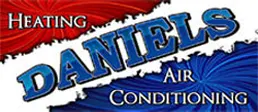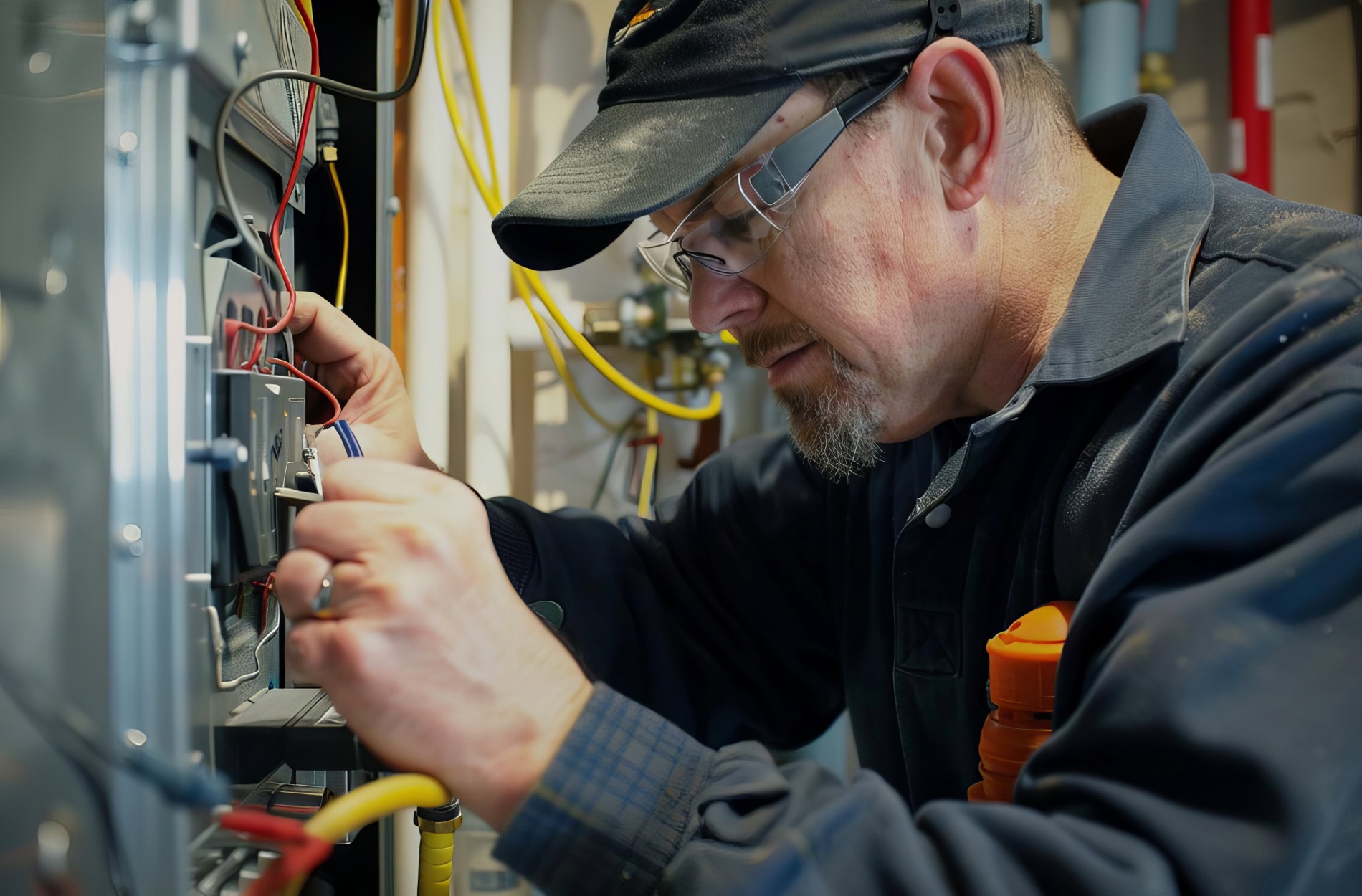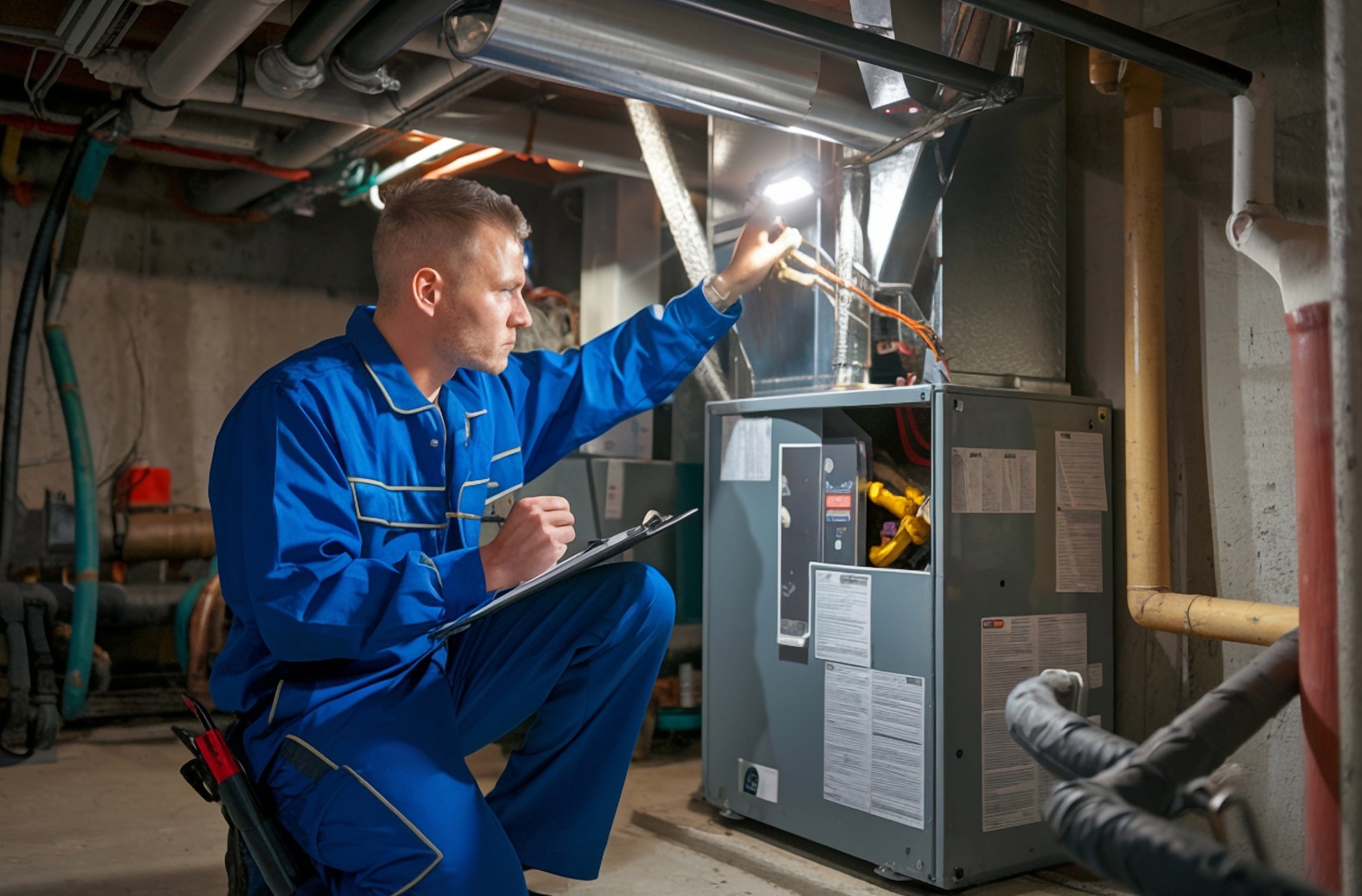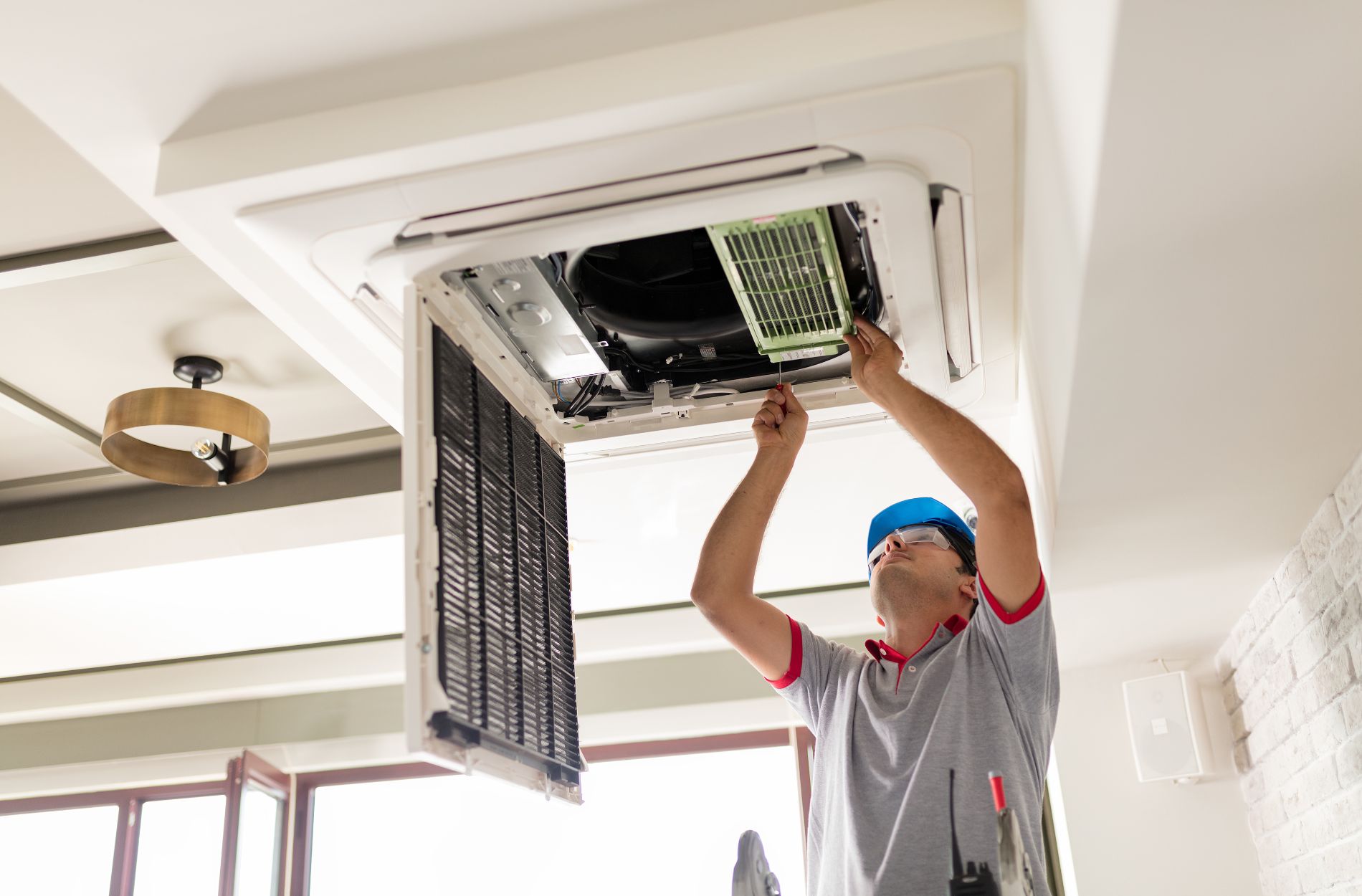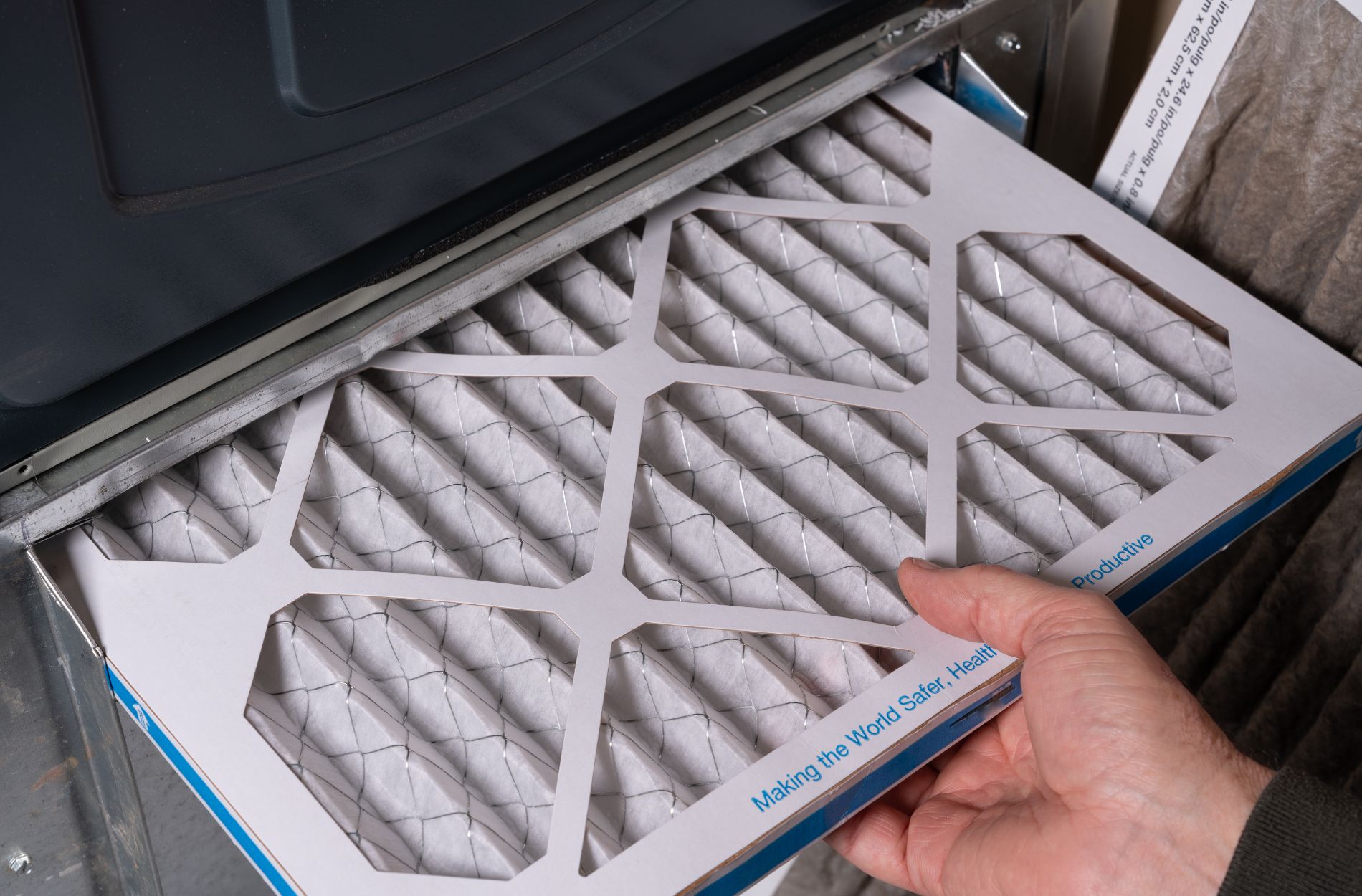Air conditioners are essential for staying comfortable during hot months, especially in regions like Loma Linda and San Bernardino. But what happens when your AC stops working? Understanding common reasons for AC malfunctions can help you diagnose the problem quickly and determine the best course of action. Knowing whether it’s something you can fix yourself or if you need to call in a professional can save you both time and money.
Common Reasons for AC Failures
There are a few common reasons why your air conditioner might stop working. Understanding these can help you troubleshoot the problem more efficiently. One of the most frequent issues is a dirty air filter. When filters get clogged, they restrict airflow, causing the AC to work harder and sometimes overheat, which can lead to a system shutdown.
Another common reason is a refrigerant leak. Refrigerant is crucial for cooling your home, and if levels are low due to a leak, your AC won’t be able to cool properly. You’ll often notice that the air blowing from the vents isn’t as cold as it should be or that the system seems to run continuously without effectively cooling your home.
Electrical issues can also cause your AC to stop working. This might include a tripped circuit breaker or a problem with the wiring. A blown fuse or a malfunctioning thermostat could be the culprits as well. These electrical problems can prevent your AC from turning on or functioning correctly, making it essential to check these components.
Lastly, mechanical issues such as a broken compressor or fan can cause your system to fail. These parts are integral to the operation of your AC unit, and when they malfunction, the system cannot circulate cool air efficiently.
DIY Troubleshooting Steps
Before calling a professional, you can take some simple steps to troubleshoot your AC system. First, check the thermostat settings. Ensure it’s set to the “cool” mode and that the temperature setting is lower than the current room temperature. Sometimes, a simple adjustment can resolve the issue.
Next, inspect the air filter. If it’s dirty or clogged, replace it with a new one. A clean filter can improve airflow and enhance the AC’s performance almost immediately. Also, make sure that all vents and registers are open and not obstructed by furniture or other items.
Another step is to check the circuit breaker. Sometimes, a power surge or overload can trip the breaker, cutting power to your air conditioner. If this is the case, reset the breaker and see if the system turns back on.
You should also look for any signs of ice buildup on the unit. If you see ice on the coils or other components, it indicates a problem with airflow or refrigerant levels. Turn off the system to allow the ice to melt and investigate further or get professional help if needed.
Finally, listen for any strange noises like grinding or squealing. These sounds can signal mechanical issues such as problems with the compressor or fan motor, which might need more than just a DIY fix. Taking these steps can help you identify and resolve minor issues that might be affecting your AC’s performance.
When to Call a Professional
While DIY troubleshooting can resolve many minor issues, some problems require professional intervention. If you’ve checked your thermostat, air filter, and circuit breaker but your AC still isn’t working, it may be time to call a professional. Expertise and specialized equipment are often needed to diagnose and fix more complex problems.
For example, handling refrigerant leaks should be left to certified technicians. Refrigerant is hazardous and needs to be dealt with according to specific safety protocols and environmental regulations. A professional can identify leaks, repair them, and recharge your system with the appropriate refrigerant levels.
Electrical problems are another area where professional help is crucial. If you’ve reset the circuit breaker and your AC continues to trip it, there could be a more serious electrical issue at play. This could involve faulty wiring or a malfunctioning compressor. Tackling these issues without proper training can be dangerous and might void any warranties on your HVAC system.
Mechanical problems like a failing compressor or a broken fan should also be handled by professionals. These components are intricate and can be expensive to replace; incorrect handling can cause further damage. An HVAC technician can accurately diagnose the issue and suggest the best course of action, whether a repair or a replacement is necessary.
Preventive Maintenance Tips
Preventive maintenance is key to keeping your AC running smoothly and avoiding unexpected breakdowns. One simple step is to replace or clean your air filter every 1-3 months. A clean filter improves airflow and efficiency, and can even extend the life of your system.
Another important task is to clean the outdoor unit. Make sure to keep the area around the unit free from debris like leaves, grass, and dirt. These can block airflow and reduce efficiency. You can use a garden hose to gently rinse the fins, but be careful not to bend them. Keeping the unit clean allows it to operate more effectively and prevents overheating.
Regularly inspecting the insulation on your refrigerant lines can also help. Damaged or missing insulation can cause energy loss and reduce the system’s cooling efficiency. Replace any deteriorated insulation to ensure optimal performance.
Scheduling annual professional maintenance checks is another effective way to keep your AC in top shape. A technician can perform a thorough inspection, clean internal components, and check for any issues that might need attention. This proactive approach can catch potential problems early, saving you from costly repairs down the line.
Conclusion
Understanding why your AC might stop working and knowing how to fix it can make a big difference in maintaining a comfortable home. By recognizing common issues, attempting some DIY troubleshooting steps, and knowing when to call a professional, you can address problems quickly and efficiently. Implementing preventive maintenance ensures your system runs smoothly all year long.
If you’re facing any persistent issues and need to schedule an AC repair in San Bernardino or Loma Linda, contact us at Daniels Heating and Air Conditioning today. We’re here to help you keep your home cool and comfortable.
